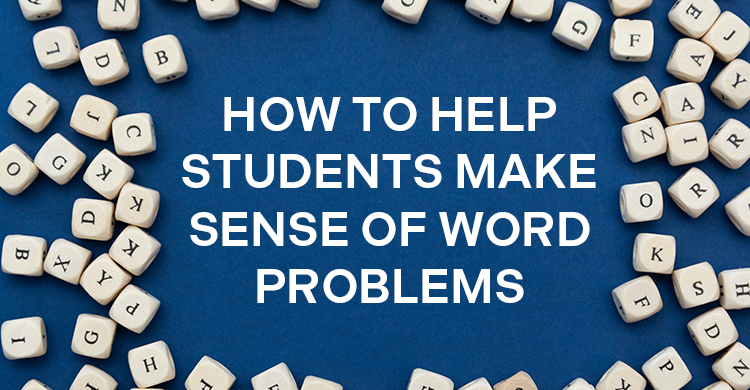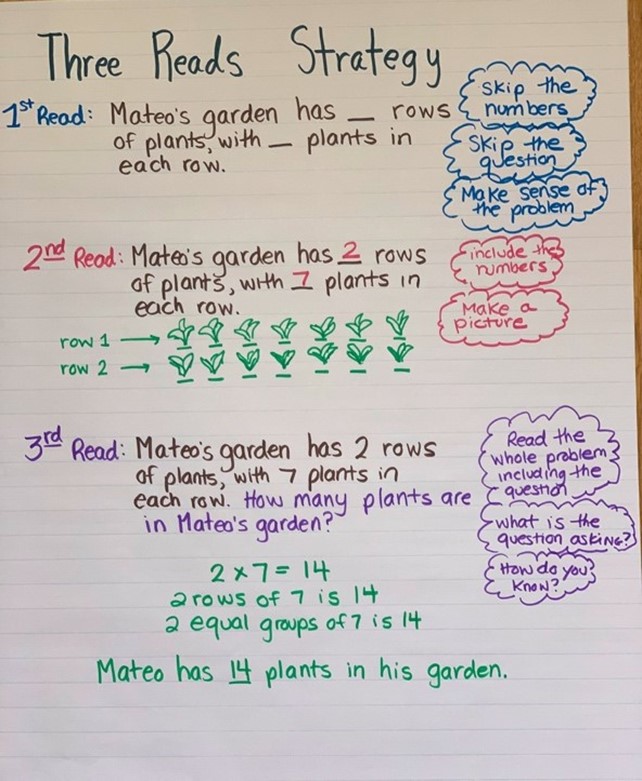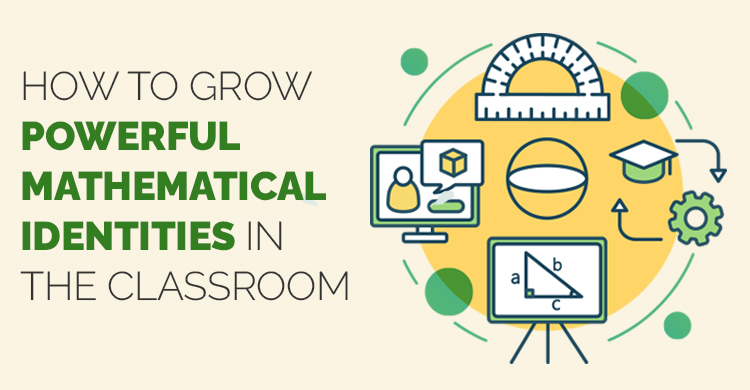Too many students are not yet learning mathematics at grade level. This could be an area you and your collaborative team, or your school or district, are working to address. Start by considering what you might observe during a mathematics lesson when students are interpreting and solving word problems.
Here are some questions to consider:
- What might your students typically do when they are given a word problem?
- Do they make sense of the problem?
- Do they draw a picture or model to represent the problem?
- Do they identify a solution pathway, create a number sentence, or a mathematical equation to represent the word problem?
As I work with teams this year to increase student learning in mathematics, their main concerns are 1) students’ ability to read and understand the context of a word problem, and 2) developing a plan to solve the problem.
Consider the following two first-grade problems.
| Sam and Jose are in the school library and they need to get 20 books to bring back to their classroom. Sam grabs 5 books. How many books does Jose need to find? | Sam and Jose are at the school library and they need to get some books to bring back to their classroom. Sam grabs 5 books and Jose picks up 20 books. How many books will Sam and Jose bring back to their classroom? |
Most students will see the 20 and 5 and either add or subtract them without considering the context. They become “number grabbers,” reacting to the numbers without understanding the problem. Or, they might see the phrase “How many” and automatically add the numbers, mistakenly thinking that “how many” always means addition.
In middle school, students might have just finished a unit on multiplying fractions, so when they encounter two fractions in a word problem, they might automatically multiply them, ignoring the problem’s context.
Cracking the code: making word problems easy and engaging
One of the biggest challenges for students solving a word problem is not just reading the problem but rather reading to understand the mathematical question being asked or slowing down to make sense of the information provided.
Students need to understand that mathematics isn’t just about numbers. It includes reasoning, problem-solving, graphs, shapes, and more. Through word problems, students develop math literacy by learning how numbers represent something within the context of a story or scenario, enabling them to determine a plan to answer the mathematical question posed.
So, what can you and your team do instructionally to help students understand the context of story or word problems? You can identify and use instructional routines and scaffolds, including manipulatives, graphic organizers, models, and representations, to support sense-making and help students clarify their understanding. For story or word problems, you and your collaborative team(s) can use “mathematics language routines” to not only help students make sense of the word problems but also develop students’ academic language and communication skills.
How to help students solve the problem with a 3-step protocol
Since students have been struggling with word problems, the teams I’m working with this year have adopted the “Three Reads” strategy to help support students in solving them. The Three Reads routine is a protocol that asks students to make sense of a mathematics scenario presented in a word problem by reading the problem three times with a different focus for each read. You can include problems without numbers when using the Three Reads routine to help the students make sense of the word problem and its context before any numbers are introduced.
- First read: Read to understand the story. What is the problem about? If possible, remove the numbers to reinforce sense-making.
- Second read: Read to understand the mathematics. Add the numbers back into the problem and analyze the language used—What information is given? What don’t you understand? What model can be created to represent the story?
- Third read: Plan how to solve—How can you solve the problem?
| Elementary Example | Secondary Example |
Source: Schuhl, S., Toncheff, M., Deinhart, J, & Buckhalter, B.. (in press). Mathematics Tier 1 and Tier 2 Strategies for Intervention in a PLC at Work. Bloomington, IN: Solution Tree Press.
In both anchor charts, the first read includes a word problem with no numbers. The question is posed, and then students share it with their team members or partners to describe the situation. Then, during the second read, the teacher adds the missing information and asks the student teams to create a picture or model to represent the situation. The teacher can also ask student teams to think about what the mathematical question might be. Finally, the third read asks students to clarify the mathematical question and create a plan to solve it.
The surprising breakthrough of the Three Reads routine
This year, the teams I’ve worked with have implemented the Three Reads routine in their classrooms and have also conducted a more critical analysis of student work related to word problems on common assessments, focusing on how to teach math more effectively. They report seeing significant improvements, with more students achieving proficiency or higher on essential standards related to word problems.
Students not only make sense of word problems but also connect them to algebraic representations and models. Recently, a Kindergarten teacher shared that a student was able to explain how their drawing and the number sentence on the whiteboard matched after using the Three Reads routine. This is an impressive achievement for a 5-year-old!
Boosting mathematics with collaboration
To improve mathematics learning in your classroom, school, or district, collaborative teams should continue addressing the four critical PLC at Work® questions for their essential standards and focus on teaching grade-appropriate content. Making sense of, reasoning through, and solving word problems is the essence of mathematics.
Solving word problems helps students gain a deeper understanding of mathematics and relate it to real-life situations. Consider how you and your team, or teams in your school or district, can implement the Three Reads routine in mathematics lessons and share the resulting student progress with each other.
Interested in helping your students learn mathematics effectively or building a strong math team? Dive deeper into these resources:








